Ah, marvellous Florence! A city of colourful Vespas, homemade Chianti, delicious steaks, and Renaissance masterpieces. The Uffizi Gallery alone can make your head spin with the number of artworks. However, in the capital of Tuscany, there is another place where history, power, and great creations come together. The Palazzo Vecchio: why a visit there should not be neglected.
Entrance fee and audio guide» READ MORE – Traveling around Tuscany in a car: a route with cities and descriptions
At first glance, it may seem like an ordinary old museum. Inside, of course, there are masterpieces, gold, ceilings – everything as it should be.
But here lies a paradox: Palazzo Vecchio is not just an exhibition space, but the real Florence City Hall, where officials sit, sign documents, and decide city affairs.
In one part of the palace, there are crowds of tourists admiring Vasari; in the other, there are boring meetings on cycle paths and landscaping budgets. Such a neighbourhood: Michelangelo and municipal services.
Useful to know
Comprehensive ticket (museum + tower) – about 40 €. You can choose just the museum entrance – it’s cheaper, but it won’t be the same without the panorama from the roof.
Choose your ticket| Palazzo Vecchio |
|
Every day except Thursday from 9:00 to 19:00 Thursday is a short day: until 14:00 |
Tip: if you don’t want to queue, buy tickets in advance online.
The place can be full, especially in summer.
| Arnolfo Tower |
|
The observation deck is open from 9:00 to 17:00 On Thursdays until 14:00 |
The climb up the spiral staircase is narrow, but the view of the red roofs is worth it.
In bad weather, the tower may be closed.
The palazzo stands in Piazza della Signoria – it’s the heart of the old town, where you’ll come anyway. The courtyard is almost universally visited: it’s open and looks like a charming arcade with Verrocchio’s fountain. But not everyone goes further – beyond the ticket control, into the real museum with halls, frescoes, and Medici apartments. Don’t make the same mistake: there is much more inside than it looks from the outside.
A bit of history
Palazzo Vecchio is the epitome of Florence from the Middle Ages to the present day – political intrigue, coups, the hard work of great artists, passionate love, and even alchemical experiments. Its most colourful period, however, was the time when power in Florence and over the Palazzo passed into the hands of the Medici dynasty.
The very name of the palace («Old Palace») bears the shadow of a powerful family – it became «old» when Cosimo de’ Medici decided to move into a new one.
Cosimo and his heirs proved themselves not only skilful politicians but also generous patrons of the arts, sculptors, and architects, making Florence the recognised capital of the Renaissance. Michelangelo, Raphael, Botticelli, Brunelleschi, and Donatello all enjoyed their patronage. Thanks to this, today it is possible to see the masterpieces we heard about in history class at school.
What awaits inside today
Florence’s history was written within these walls. But Palazzo Vecchio is not a museum that only tells about the past. Don’t be deceived by the medieval exterior – inside you’ll find a real treasure chest of jewels! The Medici had an eye for aesthetics, which is why Palazzo Vecchio is truly a grand repository of Renaissance art.
Arnolfo Tower
It’s like the Eiffel Tower in Paris, only in Florence! The symbol of the city, a 95-metre-high structure where political prisoners were held before execution. It once served as part of the city’s defence system – alarms were sounded from here, and the walls of the tower could withstand a siege.
» READ MORE – Audio Guide to Paris: Listen, Walk and Fall in Love with TouringBee
Today, everything is different: spiral staircase, handrails, cameras. The ascent is narrow, steep in places – but the finale is worth every step. The platform offers the best view of Florence: red roofs, green hills of Tuscany, and the monumental dome of the Duomo.
» READ MORE – Duomo in Milan
Entrance and garden
Immediately at the entrance, visitors are greeted by Michelangelo’s sculpture «David» (a replica) and Bandinelli’s «Hercules and Cacus» (the original). Between them, two lions guard the monogram of Jesus Christ.
By the way, the connection with the divine can be traced in the interiors of many chambers of the palace – not for nothing were two of the Medici family popes.
Passing through the inner courtyard with a graceful fountain by sculptor Andrea Verrocchio, we enter the Palazzo’s largest and most impressive space.
Room 500
It was originally planned so huge to accommodate 500 noble Florentines. The walls and ceiling are completely covered with frescoes painted by Giorgio Vasari. The paintings on the walls recount the military triumphs of the Medici dynasty (note the central portrait of Cosimo the First on the ceiling). It is said that underneath the Vasari frescoes are the unfinished works of Leonardo da Vinci.
This is hinted at by the inscription on one of the images: «CERCA TROVA», which means «seek and you will find».
Among the famous pieces is Michelangelo’s sculpture «The Genius of Victory». If you look closely, you’ll see a secret window at the top, through which one could spy on what was going on. We advise you to get to the roof from the hall – it’s a must-do!
First floor
The first floor is a real treasure trove! We start in the chambers of Leo X (Giovanni de’ Medici), where a huge fresco depicting the sixteenth-century Piazza della Signoria has been preserved. From here we enter the Apartments of the Elements and the neighbouring rooms of Jupiter, Penelope, Cybele, and others: this is where the mysticism begins! Not only the known planets and elements, but also the gods of various pantheons are intertwined in the frescoes, hinting at the divine and even magical blessing of the Medici family.
Eleonora of Toledo’s room – these apartments were in the possession of Cosimo the First’s wife. The duke married the girl for political reasons, but the couple truly loved each other.
Her halls were decorated with images of prominent women from the Bible and mythology. At Eleonora’s request, a chapel for family prayers with delightful frescoes was also erected. The main decorations prepared for the wedding of the Duke and Duchess were preserved in Michelozzo’s garden.
Studiolo Francesco I
Perhaps the most mystical chamber in the palace! Francesco the First (the eldest son of Cosimo and Eleonora de’ Medici) inherited the Studiolo from his father. However, the boy was not a fan of politics, but of the natural and magical sciences. Giorgio Vasari created a study without natural light, where all the artefacts and an alchemical laboratory were kept.
And of course, there were scandals: the Duke not only tried to produce gold here but also met with a Venetian mistress. He ran to his dates through a secret passage that led from the Geographical Hall to the room of his beloved Bianca. Many secret corridors were built in the Palazzo for unexpected situations and for the storage of valuable relics.
Dan Brown mentions one of these passages in his books (revisit Inferno for inspiration – some scenes were filmed in the Palazzo).
» READ MORE – 20 villages and towns in Tuscany that are worth visiting
What to watch nearby
- Walk out and… stumble upon a replica of the David (yes, it’s not the original – that one’s been moved)
- Move on to the Uffizi, which is almost fused with the Palazzo but offers a very different experience: not of power, but of beauty
The Palazzo holds many more world masterpieces: the original statue of Donatello’s Judith and Holofernes, Michelangelo’s Spirit of Victory, Dante’s posthumous mask, and other legendary pieces.
To see all this splendour with your own eyes – and not just in the pages of books – is a rare opportunity.
It turns out that you are one of the lucky ones!




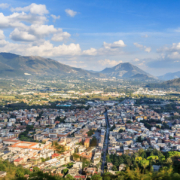
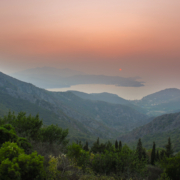
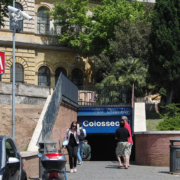

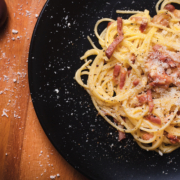
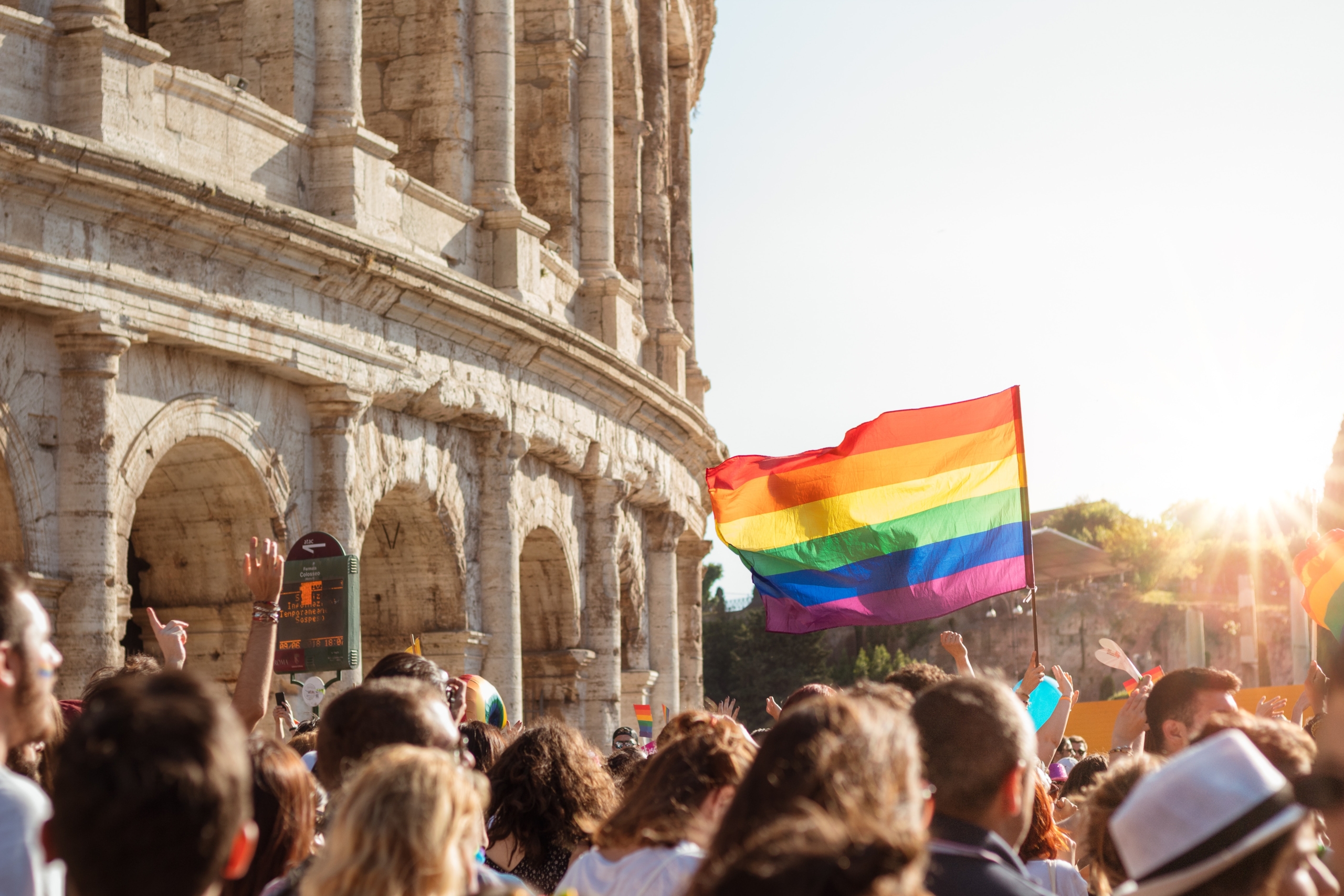
 Daniel Wanke / Pixabay
Daniel Wanke / Pixabay Andrzej / Pixabay
Andrzej / Pixabay
Leave a Reply
Want to join the discussion?Feel free to contribute!